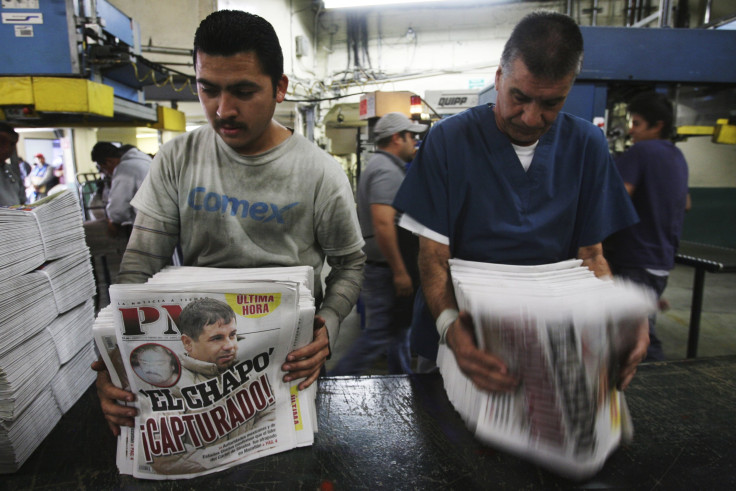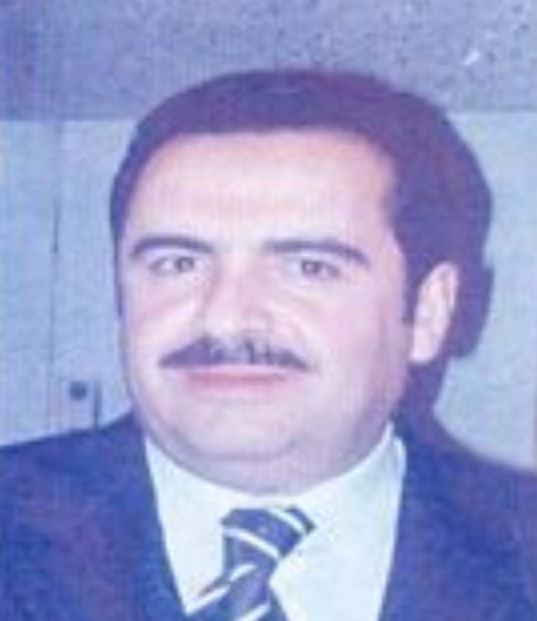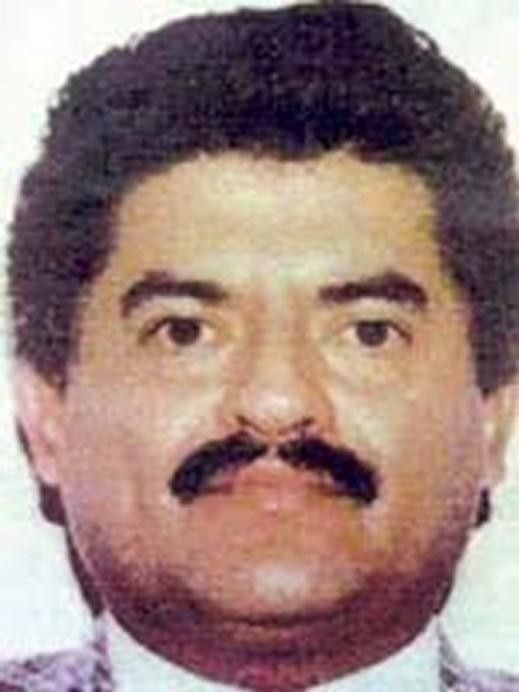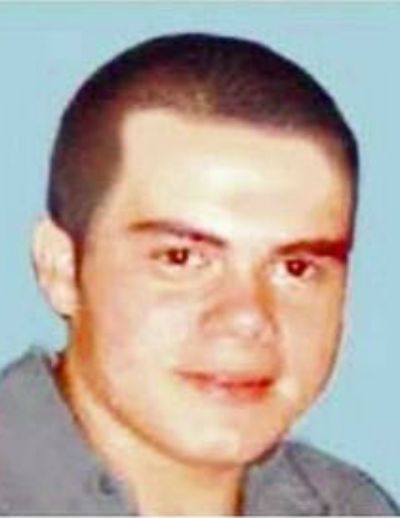Mexican War On Drugs: 5 Drug Lords Still At Large Following The Arrest Of Sinaloa Cartel Kingpin ‘El Chapo’


When Mexican federal authorities stormed the seaside condo that served as a hideout for Mexico’s most wanted man, drug lord Joaquin “El Chapo” Guzman, not a single shot was fired. The elusive cartel kingpin, wearing a cream shirt and dark jeans and sporting a black moustache, was swiftly marched out of the condo, located about 620 miles northwest of Mexico City in the Pacific resort city of Mazatlan, to an audience of reporters and their cameras.
Guzman was the notorious leader of Mexico’s Sinaloa drug cartel and one of the world’s most powerful organized crime bosses. His organization has smuggled billions of dollars’ worth of cocaine, marijuana and methamphetamines into the U.S. every year. He wielded not only a firm authority over his international drug empire, but also an army of guards who used deadly force to ensure loyalty to “El Chapo.”
His capture marked a victory for Mexican and U.S. authorities, who have pursued Guzman since he escaped from prison 13 years ago.
"Chapo is the jewel in the crown, the most-wanted drug boss in recent years and, in that sense, this is a great success," Jorge Chabat, an expert on drug trafficking at the CIDE research center, said in a statement, according to Reuters.
But his capture hardly means an end to Mexico’s ongoing war on drugs. Having Guzman in custody might weaken the Sinaloa cartel temporarily, but it’s likely to pull through, especially with two of the organization’s highest ranking members, Ismael García and Juan José Esparragoza, still at large.
According to the U.S. Department of State, 90 percent of the cocaine that enters the U.S. comes through Mexico. U.S. drug sales pump between $19 billion and $29 billion into Mexican drug cartels annually.
Since the Mexican government began cracking down on the illegal drug trade in 2007, tens of thousands of people have died. In that first year alone, over 2,800 people were caught in the crossfire.
Over the next few years, turf wars between drug cartels exploded. President Felipe Calderon vowed to bring Mexico’s powerful drug gangs to their knees, but warring syndicates and struggles between the Mexican army and cartels only led to further bloodshed.
Still, by April 2012, more than 40 major cartel members were killed by the Mexican government under Calderon’s strategy. The majority of Mexicans at that time supported the government’s suppression of the cartels, but under Mexico’s current president, Pena Nieto, government support for an aggressive offense is waning.
Here are five Mexican drug lords who are still at large.

"Omar" Alejandro Trevino-Morales, a.k.a. “42”
"Omar" Alejandro Trevino-Morales, 40, is the current leader of the Los Zetas cartel, a powerful and violent criminal organization whose origins date back to the late 1990s. He is one of Mexico’s most-wanted drug lords and is allegedly responsible for several murders and abductions in Nuevo Laredo between 2005 and 2006.
As of 2012, Los Zetas controls 11 states in Mexico, making it the drug cartel with the largest territory in the country. They are one of the most brutal drug smuggling organizations and are thought to be accountable for several massacres in Mexico, including killing 72 undocumented immigrants over fears they might be recruited by a rival gang, between August 2010 and Feb. 2012.

Vicente Carrillo Fuentes, a.k.a. “The Viceroy”
Vicente Carrillo Fuentes, 51, is head of the Juárez Cartel, a violent drug cartel known to decapitate their rivals and display their mutilated corpses in public places to instill fear in their competitors as well as in local law enforcement. Fuentes is charged with 46 counts of criminal enterprise in Texas, where his cartel imports cocaine and marijuana.
In 2013, Fuentes’ brother, Alberto Carrillo Fuentes, was arrested and detained in the western Mexican state of Nayarit, although he was considered a minor player in the Mexican drug world.
Vicente Carrillo Fuentes came to power after his brother Amado, who was known as “The Lord of the Skies,” died in 1997 following a botched cosmetic surgery, according to the Associated Press.

Héctor Beltrán Leyva, a.k.a. “El H”
Héctor Beltrán Leyva, 49, was originally a member of the Sinaloa cartel, but broke ties with the organization in 2008 to establish his own drug trafficking organization, the Beltrán Leyva Organization. He and his four brothers took several former Sinaloa cartel members with them, and began trafficking cocaine, marijuana, heroin and methamphetamine into the U.S.
But the brothers’ break from “El Chapo’s” cartel wasn’t a smooth one. The Beltrán Leyva Organization has since been in a violent turf war with Sinaloa.
Leyva’s cartel is linked to several assassinations of Mexican law enforcement officials.

Juan José Esparragoza, a.k.a. “El Azul”
Juan José Esparragoza, 65, was once a Mexican Federal Judicial Police officer but turn to drug trafficking sometime in the 1980s. Since his debut into the illegal drug trade, Esparragoza has jumped from one cartel to the other, and is now one of two current leaders of the Sinaloa Cartel.
Authorities believe Esparragoza has had several plastic surgeries – he gets his nickname from the dark complexion of his skin – and recently had a huge wedding-anniversary party in central Mexico, according to Time.

Luis Fernando Sánchez Arellano, a.k.a. “El Ingeniero”
Luis Fernando Sánchez Arellano, believed to have been born around 1977, is the head of the Tijuana Cartel which operates out of Tijuana just south of San Diego.
Arellano’s organization competes with several other major Mexican drug cartels, including Sinaloa, for control of drug trafficking corridors along the U.S.-Mexico border. His cartel is considered one of the biggest and most violent in Mexico.
Arellano’s uncles, the Obregón brothers, were portrayed by Benjamin Bratt and Jsu Garcia in the 2000 film “Traffic,” a film about America’s war against drugs.
© Copyright IBTimes 2024. All rights reserved.











